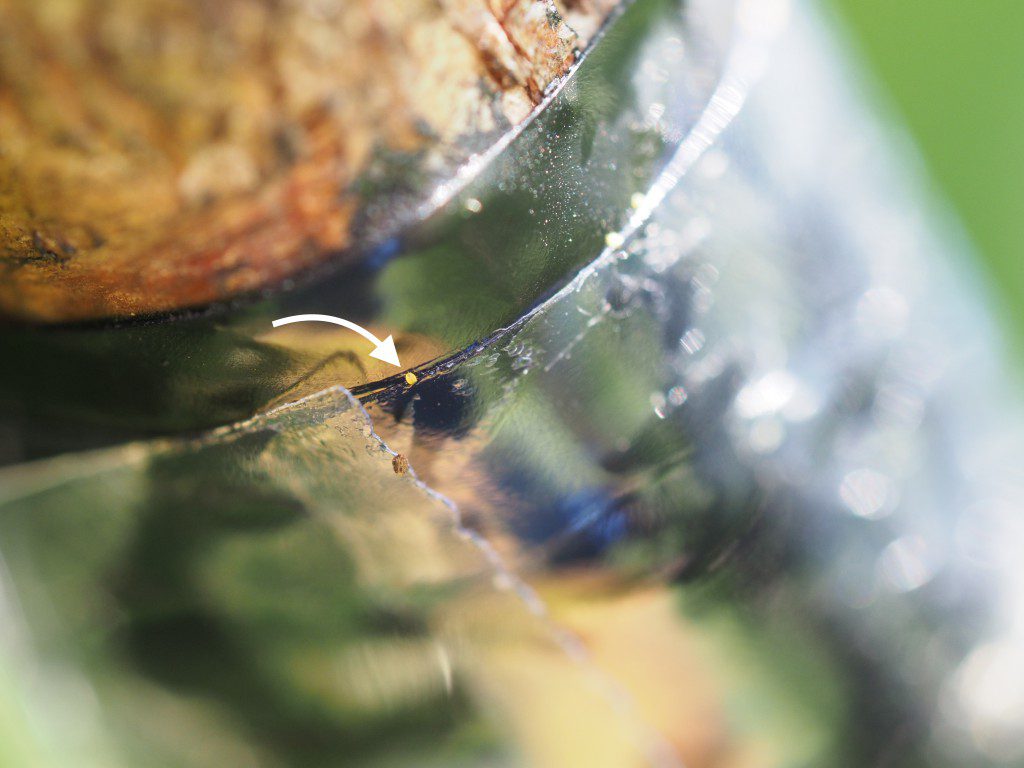University of Georgia (UGA) Extension cautions peach producers that San Jose scale crawlers are beginning to pick back up.

Brett Blaauw, assistant professor at the UGA College of Agricultural and Environmental Sciences, said in the UGA Extension Peach Blog that he anticipates the second main peak of crawler activity to occur at approximately 2,400 DD (degree days) since Feb. 1, which will be in two weeks in Fort Valley amid the current weather pattern. He also expects for the Ridge, (Clarks Hill, South Carolina is at 1,605 DD) the peak will occur in about 3-4 weeks from now, and then the Upstate, approximately a week later.
For blocks of trees where there is a history of San Jose scale issues and still have fruit to harvest this season, with the overlap of San Jose scale and plum curculio (PC) activity, there is an opportunity to synergize management efforts for these pests. Please note the PHI (pre-harvest interval) for the listed chemicals.
In blocks with fruit on the trees, a combination of Imidan (3.5-4 lb; PHI=14 day) with Esteem (6 oz; PHI=14 days) or Centaur (34.5 oz; PHI=14 day) is likely the best (albeit expensive) option, with high efficacy for both PC and scale. Alternatively, another effective option is to tank mix Esteem or Centaur with either Belay (6 fl oz; PHI=21 days), Actara (4.5-5.5 oz; PHI=14 days) or Avaunt (5-6 oz; PHI=14 days).
Blaauw does not recommend mixing scale chemistries with a pyrethroid at this time, as the pyrethroids will have a larger negative impact on natural enemy communities that may provide some natural control of San Jose scales.
Even blocks without fruit are vulnerable to San Jose scale. However, in terms of scale-only management, Esteem or Centaur alone are good options, or Venerate XC (2 qt applied twice over 7 day period; 4 qt total; PHI=0 days), which is most effective when targeting peak crawler emergence, is an alternative option.
Lastly, in blocks where there is no harvestable fruit, consider applying 2% summer oil in at least 200 gallons of water per acre. When applied with Captan, there is the risk of phytotoxicity, but the risk is lowered when there is no fruit.
He also notes that there will be a third peak of activity in early August. That may provide another opportunity for knocking back the scale population prior to the normal dormant management options.
Growers should always check out the management guide for additional detailed recommendations.









